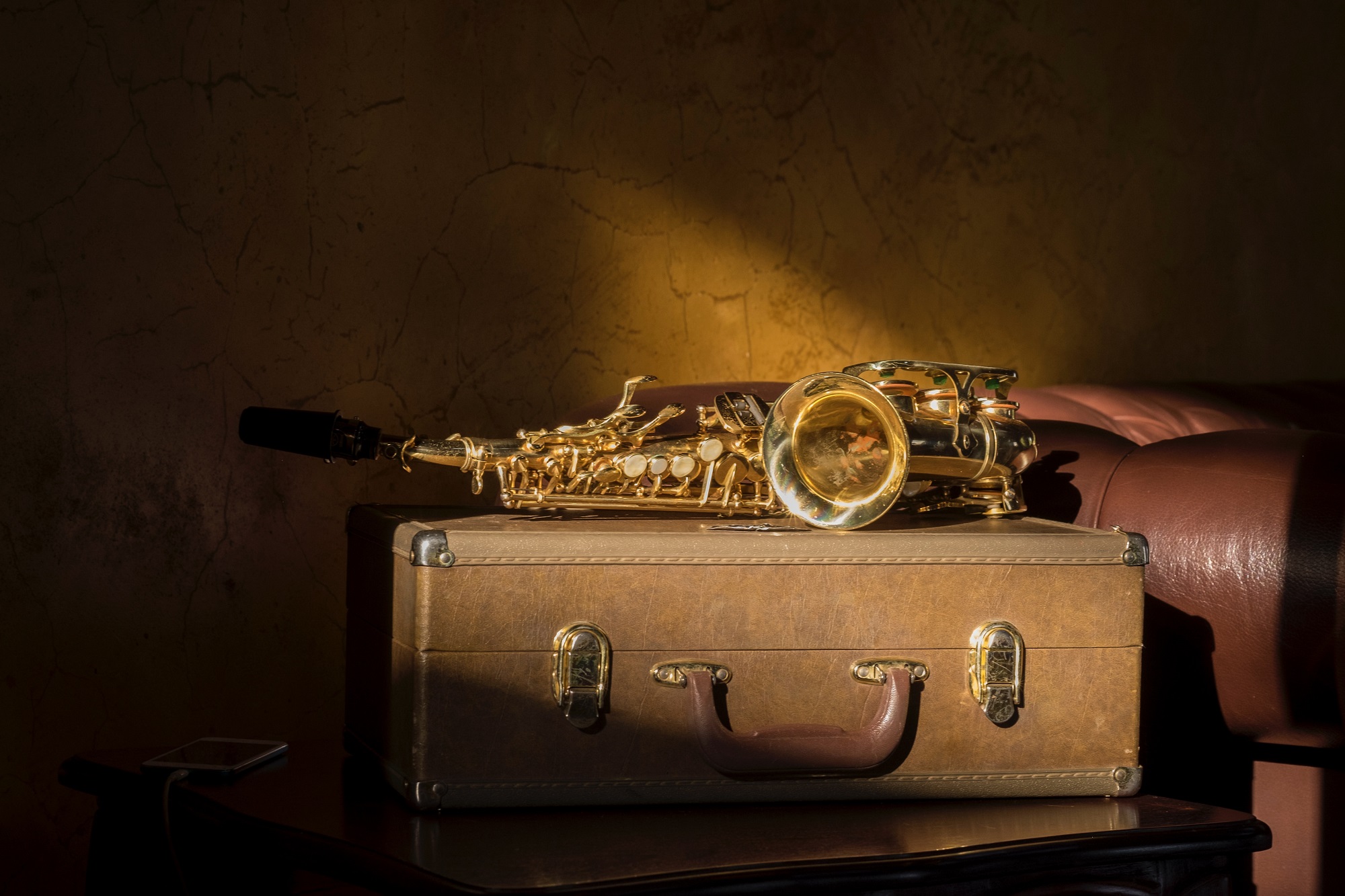Saxophone Lessons: Tips for Parents of Saxophone Players
As parents, it is natural for you want to open up the world to your child. If you are musical yourself, you might want that your child also learn to appreciate the music that is so much a part of your life. Whether you are a saxophone player or not, if you want your child to learn to play sax, you must take an active interest in it and help them along. Without your input and encouragement, your child might not be able to sustain the dedication and motivation required to become a saxophone player. Some basic information on how to select teachers for children is available here: http://saxophonelessonssingapore.com/kid-saxophone-lessons-in-singapore/.
Spark off your child’s interest
Your child is not going to develop an interest in the saxophone out of thin air. You need to expose him or her to the beautiful playing of the sax, and convince them that it is a great instrument. You can do this by putting on records, regularly attending concerts, etc. If you are a player yourself, you can play the sax in front of your child and see if they like it. The child needs exposure to be able to develop an interest. However, don’t push the instrument on him or her. It is a sure-fire way to ensure that your child would never pick up the instrument.
Is your child physically strong enough?
A saxophone is heavy and not meant for every child. If your child insists on learning the sax, try to convince them to learn some lighter instrument until they grow up sufficiently to be able to hold the sax. Let them try out the saxophone so they can see it for themselves that it is not an easy instrument to hold or to play. The appropriate age to begin saxophone music lessons is around ten. However, some children have not yet developed enough strength at this age, so it is better to wait a couple more years for them to start.
Setting a practice schedule
As a parent, you must be aware that your children don’t have a lot of attention span and can be pretty lazy. Even if they are dedicated to their music and enjoy playing the sax, you need to help them by setting a practice schedule. Help them to set small goals for each day or each week and help them stay on track with their practice. Encourage your child when they meet these goals. Remember that you cannot force a disinterested child to practice. If your child is interested in learning the sax, they will fall in with your arrangements with gusto.
Make it fun for your child
If your child is as young as ten years old when he or she starts to play, you have to make the entire process fun. Children can pick up things very quickly and are very bright at learning new concepts. But at the same time, they are not focused. This is where they need your help. Choose fun pieces that they love to learn. Play along with them or play competitive games with them during practice. Take them out for concerts or to see some great musicians play. You will have to invest some time and energy into making the sax fun for your child, but the rewards are worth the effort.
To know more about the saxophone and how to get your child into learning to play, you can check out the website: www.saxophonelessonssingapore.com/.
Find Your Perfect Music Teacher with Absolutely In-Tuned Music Agency!
Unlock the joy of music with our personalised teacher-student pairing service.
Whether you’re a beginner, rekindling a love for music, or preparing for exams, we connect you with skilled & experienced educators who tailor lessons to your needs.
Discover the benefits of learning an instrument:
Reduce stress
Boost brainpower
Build confidence
Ignite creativity
Explore our wide range of lessons:
- Drum, Guitar/Ukelele, and Piano Lessons
- Singing and Cello Classes
- Flute, Saxophone, Violin, and Viola Training
👉 Click here to find out more and begin your musical journey today!
Register Now

